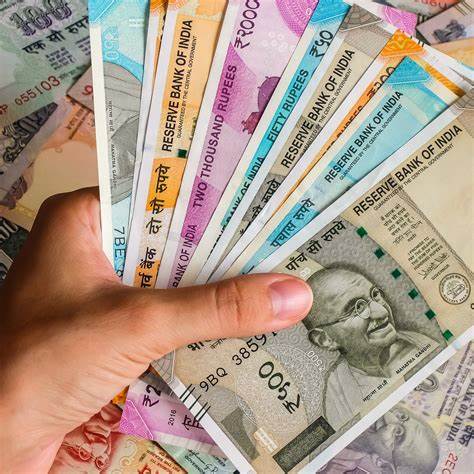India’s middle-class families have received a considerable tax break with the fiscal year 2025-26 budget proposals presented by Finance Minister Nirmala Sitharaman on Saturday. This new tax framework aims to lessen the financial burden on taxpayers, empowering them to save more and boost overall economic activity.
Under the proposed changes, individuals earning up to 1.2 million Indian Rupees (approximately $13,841) annually will be exempt from income tax. This is a substantial increase from the current exemption threshold of 700,000 Indian Rupees (around $8,074). However, taxpayers will be required to invest in national savings schemes to qualify for this exemption, allowing them to effectively bring their tax liability down to zero.
“I am pleased to announce that no income tax will be incurred for incomes up to 1.2 million Indian Rupees (equivalent to an average monthly income of 100,000 Rupees, excluding special rate incomes such as capital gains) under the new regime,” Sitharaman remarked during her presentation to the Lok Sabha, the lower house of Parliament.
For salaried individuals, the effective limit increases to 1.275 million Indian Rupees (about $14,706), thanks to a standard deduction of 75,000 Indian Rupees (around $865). The federal finance ministry stated that this restructured tax system will significantly reduce the tax burden on the middle class, leaving more disposable income available for consumption, savings, and investments, thereby stimulating the economy.
The revenue impact of these changes is estimated to be around 1 trillion Indian Rupees (approximately $11.53 billion) in lost direct tax revenue. In additional fiscal estimates for the fiscal year 2025-26, the government’s total receipts (excluding borrowings) are projected to be 34.96 trillion Indian Rupees (around $403 billion), while total expenditure is set at 50.65 trillion Indian Rupees (approximately $584 billion). The net tax receipts are expected to reach 28.37 trillion Indian Rupees (around $327 billion), with a fiscal deficit estimated at 4.4 percent of the Gross Domestic Product (GDP). Furthermore, gross market borrowings are forecasted at 14.82 trillion Indian Rupees (about $171 billion).
This budget is poised to foster a more favorable environment for Indian households, creating new opportunities for growth and stability for the nation’s middle class.
For further details, clarification, contributions or any concerns regarding this article, please feel free to reach out to us at editorial@tax.news. We value your feedback and are committed to providing accurate and timely information. Please note that all inquiries will be handled in accordance with our privacy policy


